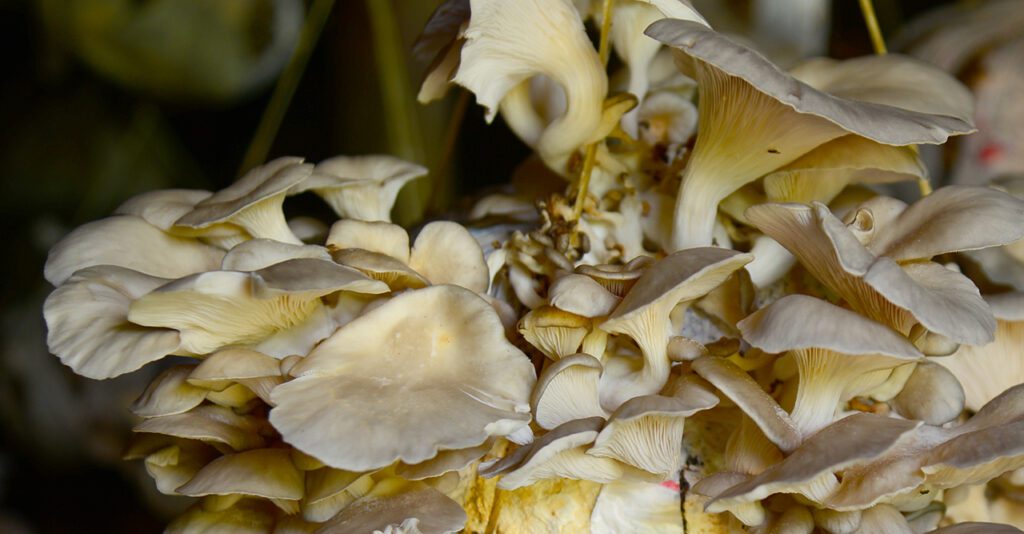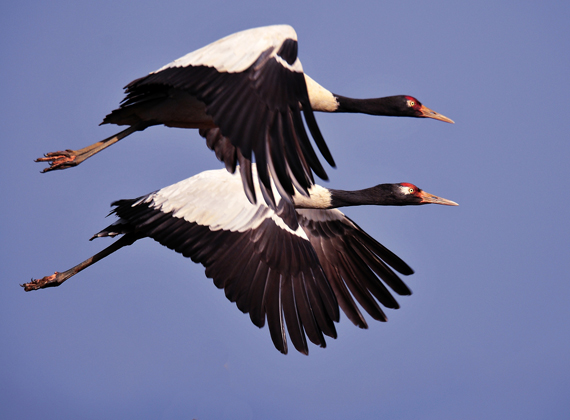Cranetivities – Blue Cranes
Welcome back to another fun edition of Cranetivities! You can access all editions of Cranetivities here. In this week’s post, we focus on South Africa’s national bird. Behold the beauty of the Blue Crane!
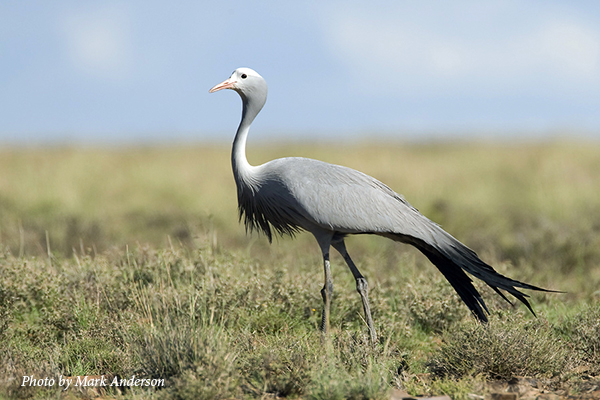
“Activity Description: Blue Cranes are a very special member of the crane family found in the country of South Africa. They look distinct from all other cranes, with grey-blue body feathers and extra-long tertial feathers that sweep towards the ground. Tertial feathers are located on the wing of a bird closest to its body. When their wings are tucked, these long feathers rest against the body and look like a tail as they fall over the back of the crane. Three crane species are found in South Africa. The other two species, Wattled Cranes and Grey Crowned Cranes have broader ranges, while nearly 99 percent of the Blue Crane population is located only in South Africa.
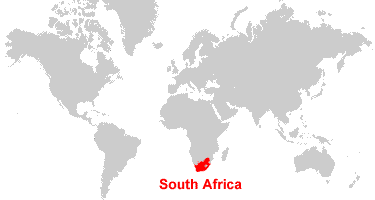
In this week’s activity, we will hear a story about how the Blue Crane became the national bird of South Africa. You can make some of your own Blue Crane stamps and meet the Blue Cranes who live at the International Crane Foundation.
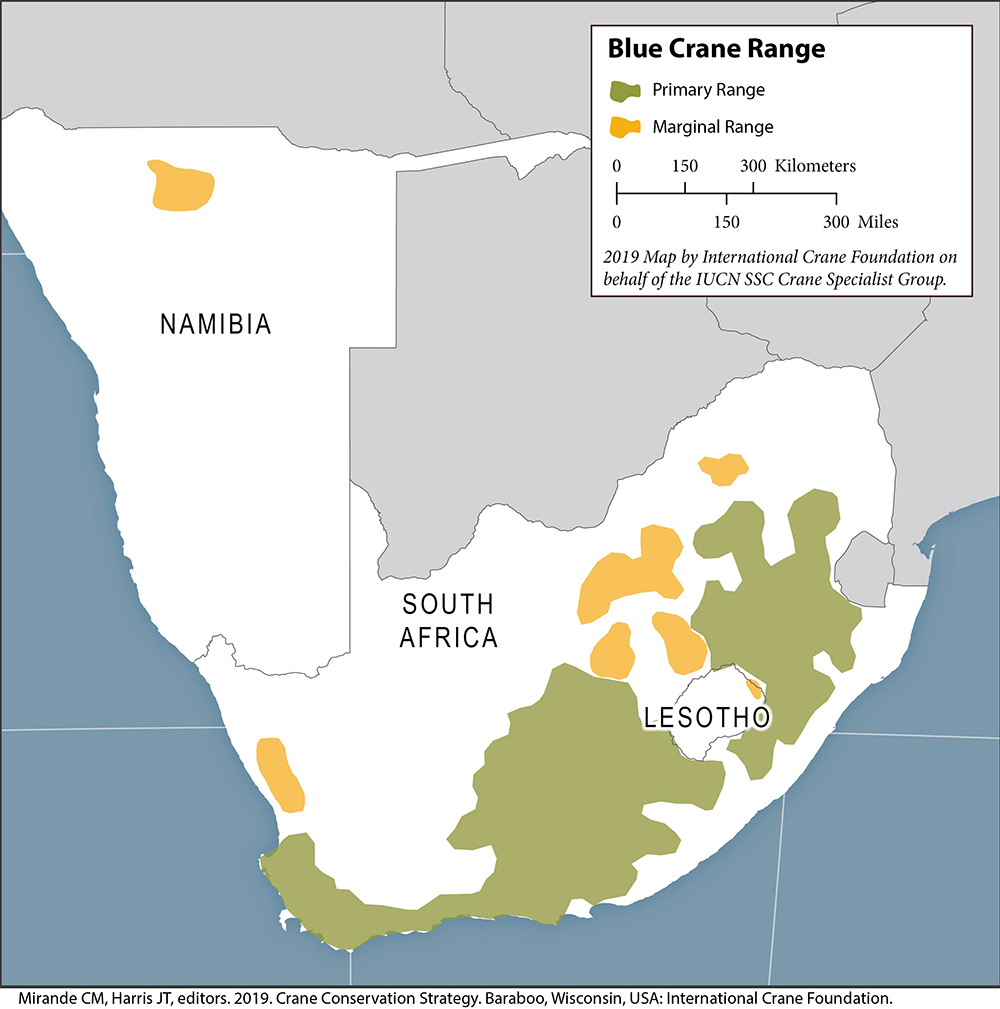
Grades: 2 to 8
Time estimate: 1 hour
Topics covered: Wildlife and art
Materials needed: Internet connection, printer, ink pad, foam sheet, pen or pencil and paper
Adult involvement: Minimal
Indoor or outdoor: Indoor
Links:
Work Plan:
Watch the following video about how the Blue Crane became the National Bird of South Africa. After watching the video, read and answer the follow-up questions. This video was made in partnership with the Endangered Wildlife Trust.
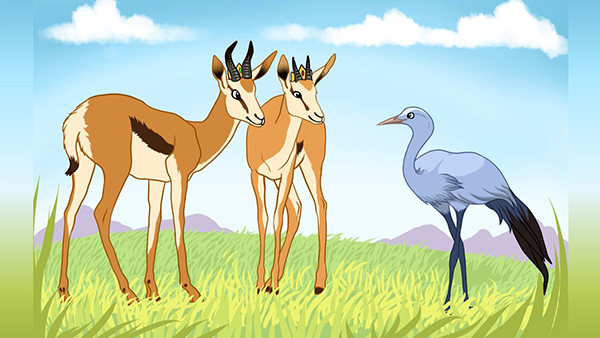 This is a fun story about how the Blue Crane was chosen to be the national bird of South Africa. King and Queen Springbok, pictured above, need to choose which bird will be South Africa’s national bird out of the many birds that live in the country. They choose the Blue Crane, one of the most recognizable birds in South Africa! Similarly, the bald eagle is so recognizable in the United States and is also the national bird.
This is a fun story about how the Blue Crane was chosen to be the national bird of South Africa. King and Queen Springbok, pictured above, need to choose which bird will be South Africa’s national bird out of the many birds that live in the country. They choose the Blue Crane, one of the most recognizable birds in South Africa! Similarly, the bald eagle is so recognizable in the United States and is also the national bird.
Blue Cranes are beloved for their beauty and seen by some tribes as a symbol of bravery. One of these tribes, the Xhosa people, call the Blue Crane “Indwe.” Brave warriors are honored with Blue Crane feathers to display in their hair, and these warriors act to restore order when troubles arise.
Follow up questions:
Do you know the national bird of your country?
Why did King and Queen Springbok choose the Blue Crane as their national bird?
What habitat do cranes live in?
Images from colnect.com and ebay.com
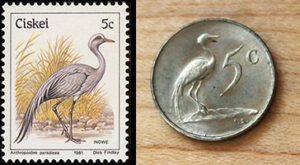
As the national bird, Blue Cranes are recognized on stamps and even coins in South Africa. In this week’s activity, you will be making a Blue Crane stamp of your own.
Materials you will need:
Paper
Pen and pencil
Inkpad and liquid ink
Here is a tutorial on how to draw a Blue Crane – or you can make up your own crane design.

This video can help you through the steps of making your foam stamp. First, you want to draw your design on paper or directly on your foam sheet. If you use paper, lay the paper with the design over your foam sheet and press a pen or pencil hard along the lines of your design pressing into the foam.
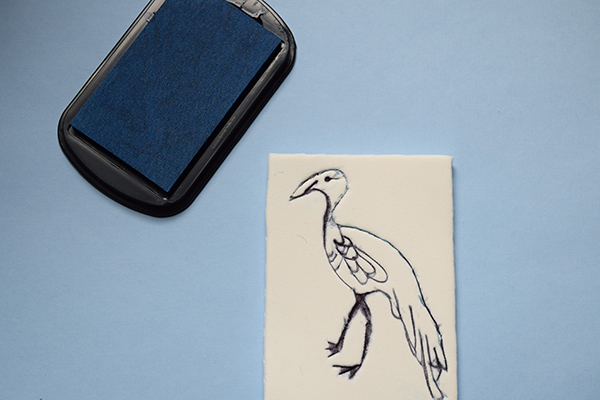
You want to go over the design multiple times to deepen the lines of your stamp. The more you press the better the design shows up on your stamp. Press the stamp onto an ink pad, shown above, or roll over it with liquid ink. Place your inked stamp on a piece of paper and press firmly.
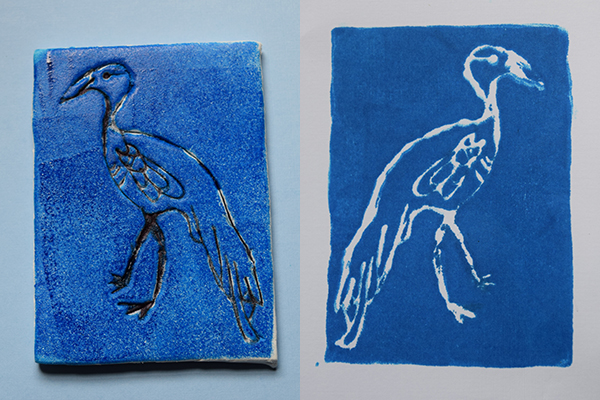
Great job! You can now cut the edges of your paper like a stamp or round like a coin. Have fun making more stamps now that you know how easy and fun they can be.
If you do not have supplies for stamp making, you can still participate in this week’s activity by coloring this Blue Crane coloring page.
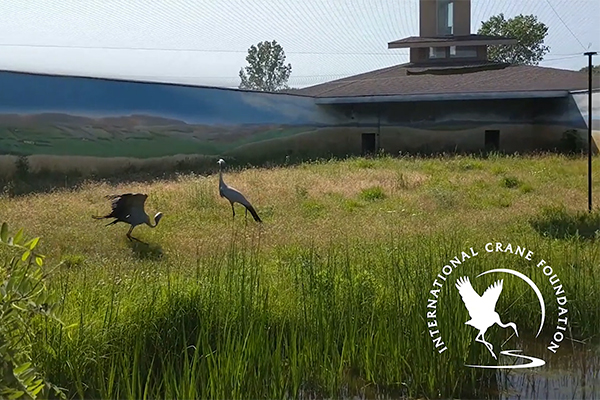
Our Blue Crane pair Kito and Periwinkle have just moved back into their exhibit area recently after the completion of our new renovations. They are excited to be back in their exhibit with their beloved mural. Kito and Periwinkle at the International Crane Foundation for seven years. Kito’s name, which means “precious jewel” in Swahili, is a nod to his heritage. Periwinkle is a light blue-purple shade, which is like the color of the Blue Crane’s feathers. They are a young crane pair but have bonded very quickly. They are often seen displaying the same behaviors and dancing with each other, which are signs of a strong bond.
If you would like to download a video of Kito and Periwinkle dancing you can do so here. You may use this video as a background in virtual meetings, or just to watch for fun.
Older Craniacs can learn more about the Blue Crane and conservation work being done in South Africa by watching our From the Field Series with Christie Craig. She works with the International Crane Foundation and the Endangered Wildlife Trust to study Blue Cranes. Her presentation is titled Understanding the Future of the Agriculturally Dependent Blue Crane in the Western Cape South Africa.
Got feedback? We would love to hear your thoughts on our educational resources. This survey will allow you to provide feedback on our Cranetivities series. If you have used any of our other educational resources, like our From the Field series or our online activity packets, you may provide feedback on those resources here. You may also email us at info@savingcranes.org if you have questions or comments for us, or would like to share photos of you and your kids’ crane creations! We will see you next time for a new edition of Cranetivities!

